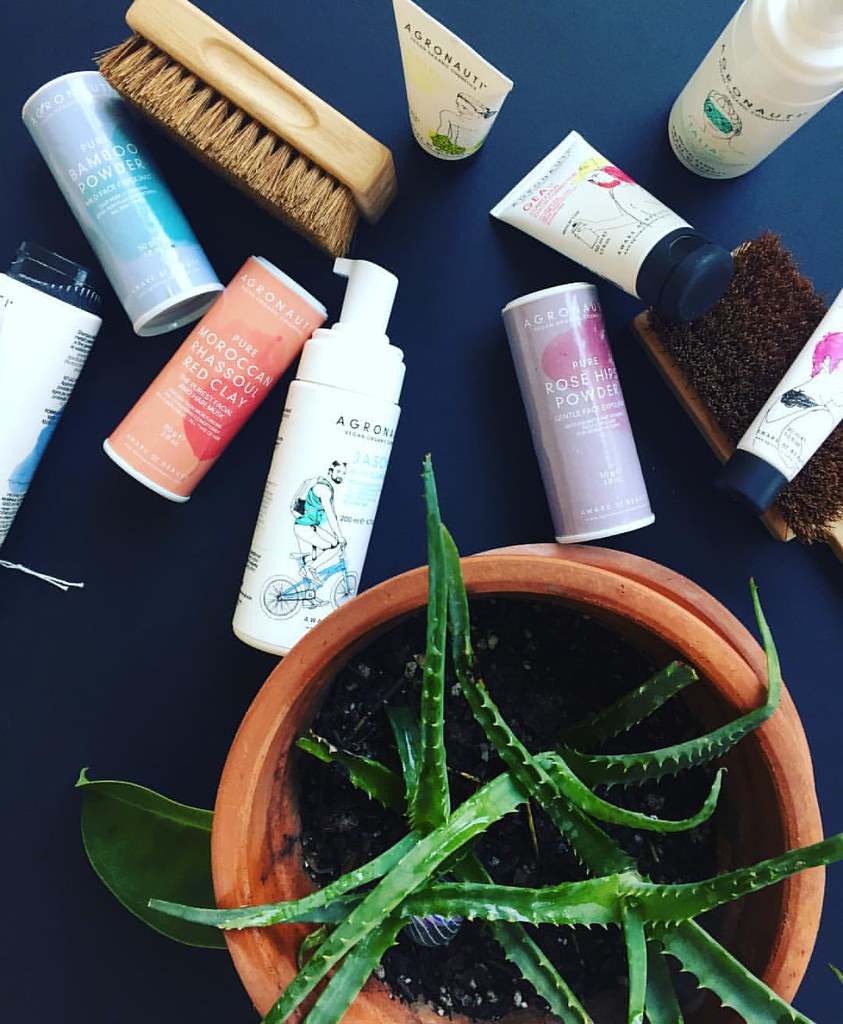
Aloe Vera and Diabetes: A Natural Skin Hydration Hero
Living with diabetes means being extra vigilant about your health, and that includes skin care. Your skin, the largest organ, can reflect the state of your internal health, and it often requires special attention. Hydration is key, and nature has provided us with a fantastic ally in this regard: aloe vera. This plant is a treasure trove of benefits, especially when it comes to hydrating diabetic skin, which can be particularly susceptible to dryness and irritation.
What Makes Aloe Vera Special for Skin?

“Natural medicinal plant aloe, the …” from www.flickr.com and used with no modifications.
Aloe vera isn’t just for sunburns; it’s a powerhouse of hydration. Its leaves are filled with a gel that’s rich in vitamins, minerals, enzymes, and amino acids. This gel has been used for centuries to treat a variety of skin conditions. Most importantly, aloe vera has a unique ability to penetrate the skin, delivering moisture and nutrients to deeper layers, which can be particularly beneficial for those with diabetes, as their skin may not retain moisture as efficiently.
Understanding Diabetic Skin Concerns
When you have diabetes, your skin can tell a story. High blood sugar levels can lead to dryness, itching, and a host of other skin concerns. These issues aren’t just uncomfortable; they can also increase the risk of infections and slow down the healing process. That’s why it’s crucial to keep diabetic skin well-hydrated, and aloe vera can be a gentle yet effective solution.
Unlock the Hydrating Power of Aloe Vera
So, how exactly does aloe vera benefit diabetic skin? Let’s dive into the components that make aloe vera a hydrating hero.
Components of Aloe Vera Beneficial for Skin
Aloe vera is packed with components that are beneficial for the skin. It contains glycoproteins that can help in soothing pain and inflammation, while polysaccharides promote skin growth and repair. Additionally, aloe vera contains:
-
Vitamins A, C, and E, which are antioxidants that protect the skin from damage.
-
Enzymes like bradykinase, which help reduce inflammation.
-
Minerals such as zinc, which plays a role in wound healing and protecting the skin’s barrier.
-
Salicylic acid that offers mild exfoliation and antibacterial properties.
How Aloe Vera Works to Hydrate Skin
Diabetic skin can lose moisture easily, but aloe vera’s composition allows it to lock in hydration. The mucopolysaccharides in aloe vera help to bind moisture into the skin. Its cohesive effects also gently adhere flaky epidermal cells to each other, helping to soften the skin. Moreover, the natural sugars in aloe vera, such as glucomannans, enhance cellular regeneration and have been shown to increase collagen synthesis, which is vital for healthy, hydrated skin.
Using Aloe Vera: A Step-by-Step Guide
Choosing the Right Aloe Vera Product
When it comes to using aloe vera, not all products are created equal. Here’s how to choose the right one:
-
Opt for products that list aloe vera as one of the first ingredients.
-
Look for “aloe barbadensis leaf juice” on the label; it’s the scientific name for pure aloe vera.
-
Check for minimal additives or preservatives to ensure the aloe’s potency isn’t compromised.
-
Consider organic options to avoid potential pesticide residue.
Once you’ve chosen the right product, it’s time to integrate aloe vera into your daily skin care routine.
Applying Aloe Vera for Maximum Hydration
Applying aloe vera is simple, but doing it correctly can maximize its hydrating benefits:
-
Start with clean skin to ensure better absorption.
-
Apply a thin layer of aloe vera gel gently onto your skin.
-
Let it dry naturally for a few minutes before applying any other products.
-
For an extra boost of hydration, apply aloe vera before your regular moisturizer.
Remember, consistency is key. Use aloe vera regularly to maintain skin hydration and health.
When to Apply Aloe Vera in Your Routine
The best time to apply aloe vera is after you’ve cleansed your skin, which can be in the morning, evening, or both. If you’re using it during the day, follow up with a broad-spectrum sunscreen to protect your skin from UV damage. At night, you can apply a thicker layer of aloe vera gel to work its magic while you sleep.
Precautions and Best Practices
While aloe vera is a wonder for hydration, it’s essential to use it mindfully, especially if you have diabetes. Always patch test a new aloe product to check for any allergic reactions. And if you’re using aloe vera directly from the plant, ensure it’s properly cleaned to remove any latex which can be irritating to the skin. Besides that, monitor your skin’s response over time to ensure it’s benefiting from the aloe without any adverse effects.
Who Should Use Aloe Vera?
Aloe vera is generally safe for everyone, but it’s a boon for those with diabetic skin. If you experience frequent dryness, itching, or irritation, aloe vera could be the soothing agent you need. However, if you have wounds or severe skin infections, it’s crucial to consult your healthcare provider before using aloe vera or any new skincare product.
Possible Interactions and Side Effects
Though rare, aloe vera can cause allergic reactions in some individuals. It’s also worth noting that when taken orally, aloe vera can interact with certain medications, including those for diabetes. Therefore, always use aloe vera topically unless advised otherwise by a health professional, and keep an eye out for any unusual skin changes.
The Impact of Diet and Hydration on Diabetic Skin
What you eat and drink can significantly affect your skin’s health. Hydration starts from within, so maintaining a balanced diet and adequate water intake is key to supporting the hydrating effects of aloe vera on your skin.
Foods to Enhance Aloe Vera’s Benefits
To complement the hydrating power of aloe vera, include foods rich in omega-3 fatty acids, antioxidants, and vitamins in your diet. These nutrients can help maintain your skin’s moisture barrier and enhance overall skin health. Consider adding the following to your meals:
-
Fatty fish like salmon or mackerel for omega-3s
-
Nuts and seeds for vitamin E
-
Colorful fruits and vegetables for a variety of antioxidants
-
Whole grains for their mineral content
Importance of Water Intake for Skin Health
Drinking plenty of water is crucial for keeping skin hydrated. Aim for at least eight glasses a day, and remember that certain conditions and medications can affect your hydration needs. So, listen to your body and adjust your water intake accordingly.
Dermatologist-Approved Tips for Diabetic Skin Care
Proper skin care is crucial for individuals with diabetes, as their skin can be more vulnerable to infections and other complications. Dermatologists recommend a regimen that includes gentle cleansing, careful monitoring, and diligent moisturizing. Aloe vera, with its natural soothing and hydrating properties, can be a valuable addition to this routine.
Integrating Aloe Vera into Comprehensive Skin Care

To make the most of aloe vera’s benefits, incorporate it into your daily skin care regimen. After washing with a mild, non-foaming cleanser, pat your skin dry and apply a thin layer of aloe vera gel. Allow it to absorb before applying a diabetic-friendly moisturizer. This helps create a protective barrier that keeps moisture in and irritants out. For an added layer of skin protection, look for moisturizers that contain dimethicone, which can further prevent moisture loss.
Expert Opinions on Aloe Vera for Dry and Sensitive Skin
Healthcare professionals recognize aloe vera as a beneficial treatment for dry and sensitive skin. “Aloe vera’s hydrating and anti-inflammatory properties make it a suitable option for managing the delicate skin condition of diabetics,” says a board-certified dermatologist. This natural remedy can help maintain skin integrity and prevent complications associated with diabetic skin.
Frequently Asked Questions (FAQ)
When it comes to using aloe vera for diabetic skin, there are common questions and concerns. Here are answers to some frequently asked questions that can help you use aloe vera safely and effectively.
1. Can Aloe Vera Reduce Blood Sugar Levels in Diabetes?
While aloe vera is known for its skin benefits, some studies suggest it might also have a positive effect on blood sugar levels when taken orally. However, more research is needed, and you should never replace your prescribed diabetes treatment with aloe vera. Always consult with your healthcare provider before making any changes to your diabetes management plan.
2. How Often Should I Use Aloe Vera on My Skin?
“For maintaining hydrated and healthy skin, apply aloe vera gel twice daily after cleansing. Consistency is key to seeing the benefits.”
Using aloe vera consistently is essential for achieving optimal results. Apply it in the morning to protect your skin throughout the day and at night to support the skin’s natural healing process while you sleep.
3. Can Aloe Vera be Used on All Parts of the Body?
Absolutely! Aloe vera can be used on any external part of your body. It’s especially useful on areas prone to dryness or irritation, such as the elbows, knees, and feet. Just be sure to avoid any open wounds or areas with active skin infections.
4. Is Aloe Vera Safe for Children With Diabetes?
Yes, aloe vera is safe for children with diabetes for external use. As with adults, it’s important to perform a patch test first to check for any allergic reactions. Always supervise the application of aloe vera in children to ensure they’re using it correctly.
5. Are There Any Diabetic Skin Conditions That Aloe Vera Shouldn’t Be Used For?
While aloe vera is beneficial for most skin conditions associated with diabetes, it’s not recommended for use on infected wounds or severe burns without medical advice. In such cases, it’s essential to seek professional medical treatment to avoid complications.
Remember, aloe vera is a wonderful natural remedy that can hydrate and soothe diabetic skin, but it should be part of a broader skin care approach. Keep your skin clean, protect it from damage, and consult with healthcare professionals when necessary. With these steps, you can help maintain the health and comfort of your skin, even with diabetes.


